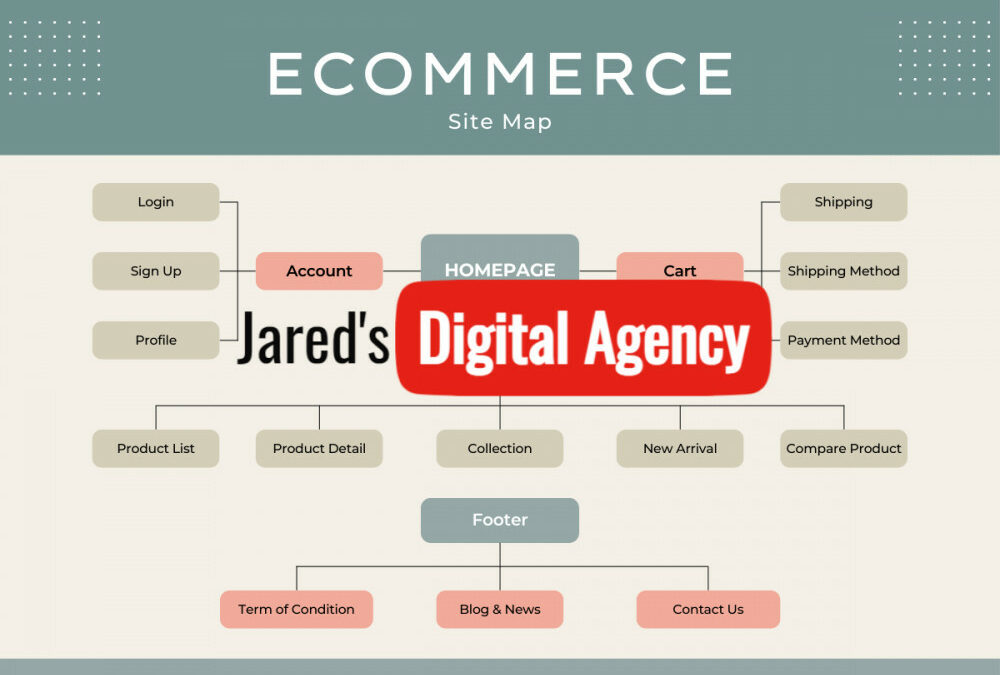To build an ecommerce website, you will need to follow these steps:
Choose a profitable niche for your website. This could be a product or category that you are interested in and that has a large enough audience to generate revenue.
Choose a domain name and web hosting provider. Your domain name should be relevant to your niche and easy to remember, while your web hosting provider should offer reliable and secure hosting services.
Choosing a domain name and web hosting provider can be an important decision for your website or online business. Here are a few things to consider when making your choice:
- Domain name: Your domain name should be easy to remember and relevant to your business or brand. You can check to see if your desired domain name is available by using a domain name search tool.
- Web hosting provider: There are many web hosting providers to choose from, each with their own set of features and pricing plans. Some things to consider when choosing a web hosting provider include:
- Reliability and uptime: You want a provider that can keep your site up and running with minimal downtime.
- Speed: A faster website can improve user experience and search engine rankings.
- Security: Look for a provider that offers security measures such as SSL certificates and regular backups.
- Customer support: Consider a provider with good customer support in case you have any questions or run into any issues.
- Pricing: Determine your budget and look for a provider that offers the features you need at a price that fits your budget.
It can be helpful to do some research and compare different providers to find the one that best fits your needs.
Set up your website using an ecommerce platform or shopping cart software. This will allow you to easily create and manage your online store, including adding products, processing payments, and fulfilling orders.
Add products to your online store and set up a payment gateway to process transactions. This will require you to enter product details and images, as well as configure your payment gateway to securely accept payments.
Promote your website and products using various marketing strategies. This could include search engine optimization (SEO), and is probably your best chance of creating traffic.
Search engine optimization (SEO) is the process of improving the visibility of a website or a web page in a search engine’s unpaid results. This is often referred to as “organic” or “natural” search results, as opposed to paid advertisements.
SEO involves a number of strategies and techniques designed to improve a website’s ranking in search engine results pages (SERPs) and increase its organic traffic. These strategies can include keyword research and optimization, on-page optimization, link building, and content creation.
The goal of SEO is to improve a website’s ranking for relevant search terms and keywords, making it more likely to appear at the top of search engine results pages. This can increase the website’s visibility and attract more organic traffic, which can lead to increased revenue and success for the website.
Others methods will also be social media marketing, email marketing, and other methods to drive traffic to your website and increase sales.
Monitor your website’s performance and make adjustments as needed. This could include analyzing website traffic and sales data, testing different marketing strategies, and making changes to your website’s design and product offerings to improve its performance.
Provide excellent customer service and support to maintain customer satisfaction and loyalty. This could include responding to customer inquiries and complaints, offering refunds and returns, and providing helpful information and resources to customers.





Recent Comments